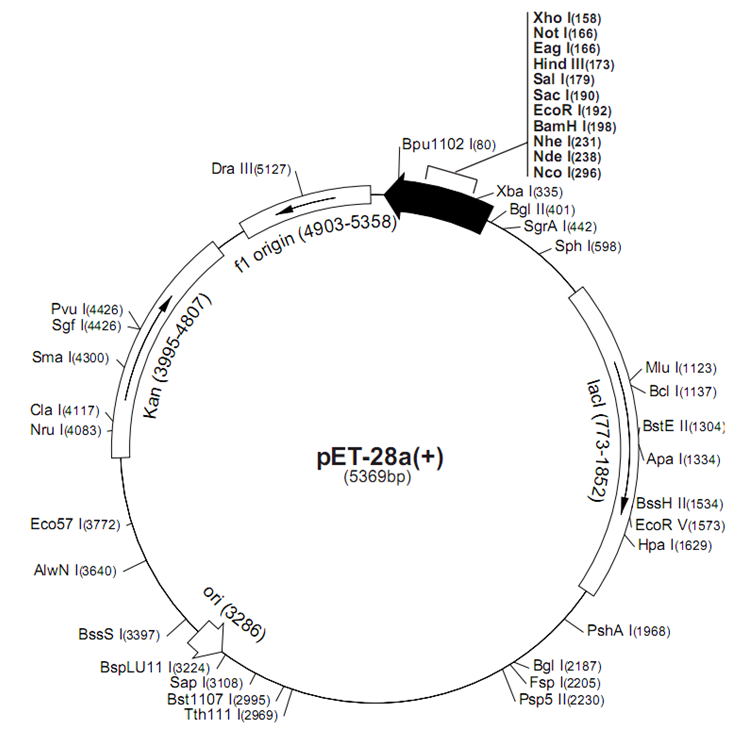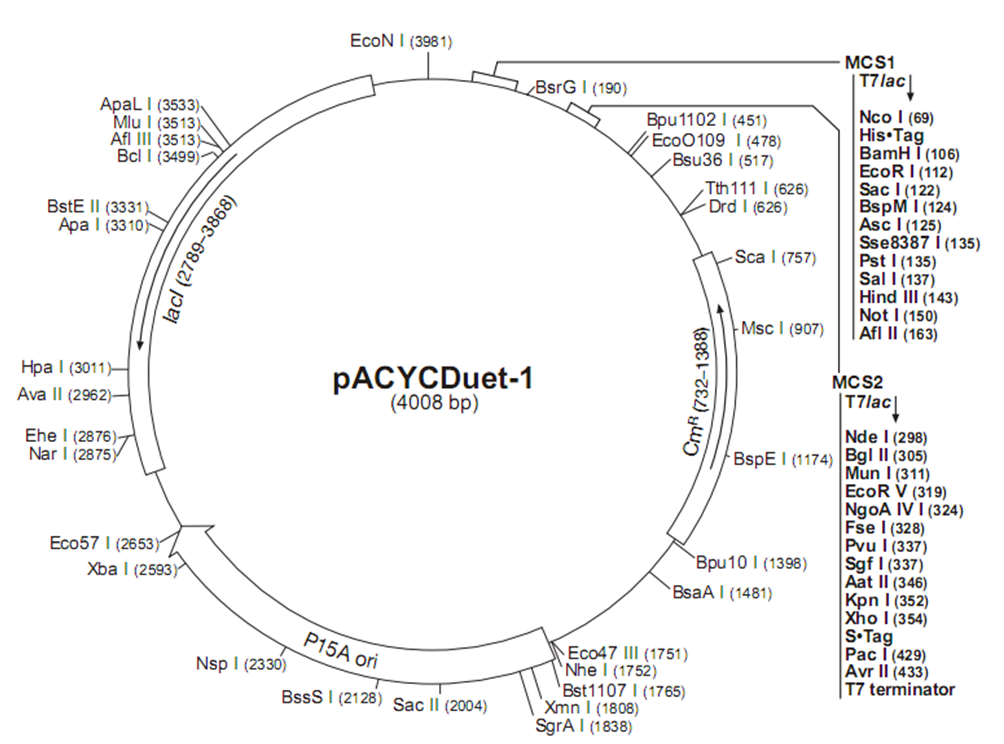Team:Tsinghua/Experiment
From 2009.igem.org
(→Project 2) |
|||
| Line 1: | Line 1: | ||
| + | {| style="color:#1b2c8a;background-color:#0c6;" cellpadding="3" cellspacing="1" border="1" bordercolor="#fff" width="70%" align="center" | ||
| + | !align="center"|[[Team:Tsinghua/Project Original|Project Original]] | ||
| + | !align="center"|[[Team:Tsinghua/Background|Background]] | ||
| + | !align="center"|[[Team:Tsinghua/Brainsotrming|Brainsotrming]] | ||
| + | !align="center"|[[Team:Tsinghua/Design|Design]] | ||
| + | !align="center"|[[Team:Tsinghua/Experiment|Experiment]] | ||
| + | !align="center"|[[Team:Tsinghua/Results|Results]] | ||
| + | !align="center"|[[Team:Tsinghua/Notebook|Notebook]] | ||
| + | |} | ||
| + | |||
| + | |||
= Project 1 = | = Project 1 = | ||
==Synthesis of the Therapeutic DNA== | ==Synthesis of the Therapeutic DNA== | ||
Revision as of 04:09, 16 August 2009
| Project Original | Background | Brainsotrming | Design | Experiment | Results | Notebook |
|---|
Contents |
Project 1
Synthesis of the Therapeutic DNA
In this part, we aims at constructing a molecular cloning vector with a cos site which enables it to be packaged into the gene therapy vector- in other words, to construct a cosmid. In order to detect the expression of the therapeutic DNA, we construct this cosmid based on the scanfold of Parts-J61031 encoding a RFP-expressing segment.
This cosmid mainly consists of the following segments:
1) origin of replication: we insert O gene and P gene from bacteriophage lambda into J61031, which are resoonsible for the late phase replication and package of the wild type circular bacteriophage lambda genome
2) cos site: necessary for the specific package of the Therapeutic DNA into the gene therapy vector.
3) RFP-expressing segment: originally integrated into the plamid of J61031.
Synthesis of the Gene Therapy Production System
Bottom-Up Approach
In the bottom-up approach, we amplify the biobricks from both the bacteriophage lambda and the adenovirus genome and incorporate them with a given order into molecular cloning vector(s).
Specifically, we choose two molecular cloning vectors to encode two sections of the gene therapy vector genome, pET28a and pACYCDuet1.
Top-Down Approach
Synthesis of the Targeted Biobrick
Production of the targeted gene therapy vector
Functioning of the targeted gene therapy vector
Project 2
Plasmid Construction
Firstly, we build up a recombinant plasmid of pET-28a, into which a DNA sequence of lambda repressor is inserted, and we try to make it express the protein.
Targeted Biobrick Modification and Expression
Secondly, another of DNA sequence is inserted into the plasmid, which can recognize and bind to the lambda repressor with specificity.
Transfection Efficiency Detection
Thirdly, we can add another report gene, RFP sequence into the plasmid, and see whether it can be expressed. If everything goes all right, we can put the whole system in a eukaryotic cell.
 "
"


